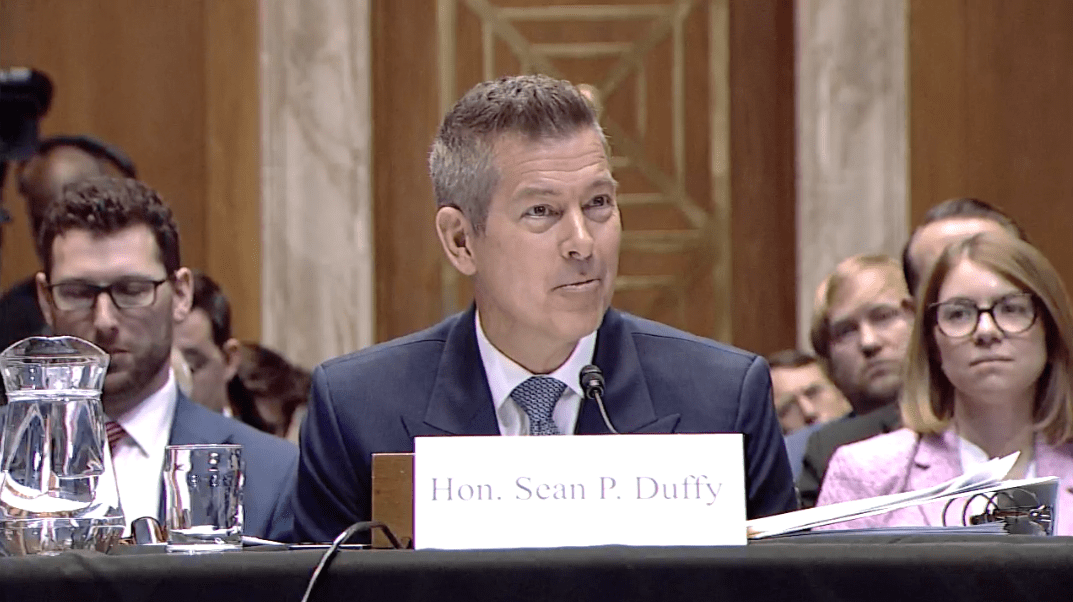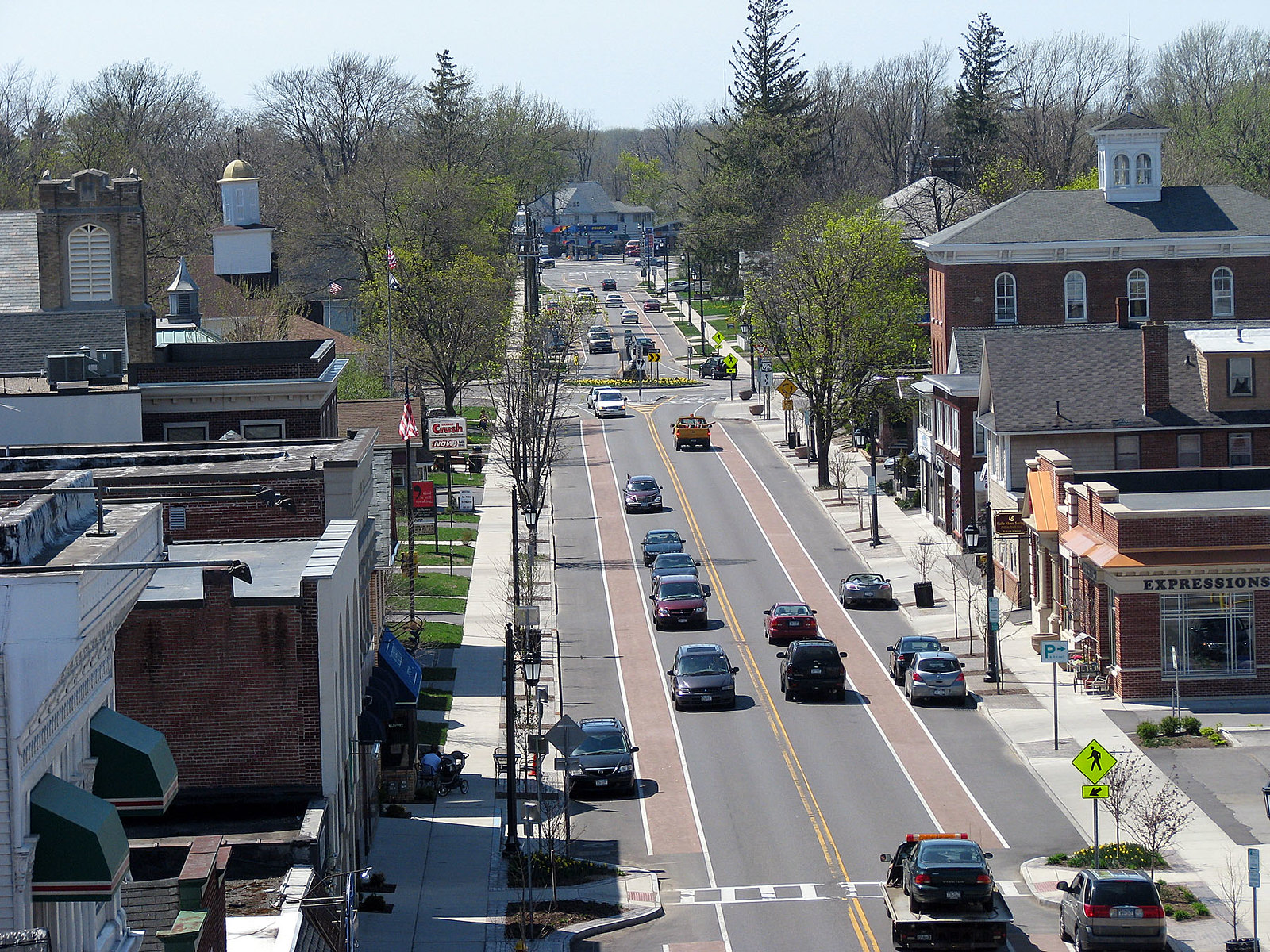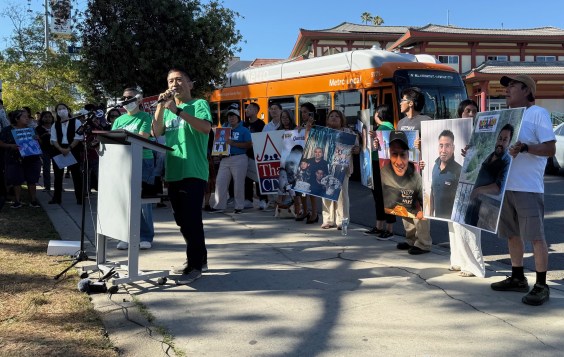One of the leading architects of New York City's bike-share system, NYC DOT alum Jon Orcutt, is on a mission to show how the design of bike-share networks affects their success.
Orcutt created this animation warning against a fairly common practice in smaller American cities: splitting the bike-share network up into separate clusters of stations. On his Tumblr, he elaborates on why a divided system won't work well:
Plans to launch bike share systems in separate geographical areas or nodes are almost certainly a recipe for low usage (unless each node is very large and essentially its own system).
Small bike share systems are generally low performers. Breaking a finite amount of bike share resources into smaller pieces needlessly sacrifices the utility and productivity of stations/bicycles.
The video breaks it all down.
For more advice from Orcutt, check out our November interview where he discusses why high station density is such a critical factor in designing bike-share systems that people will want to use.





